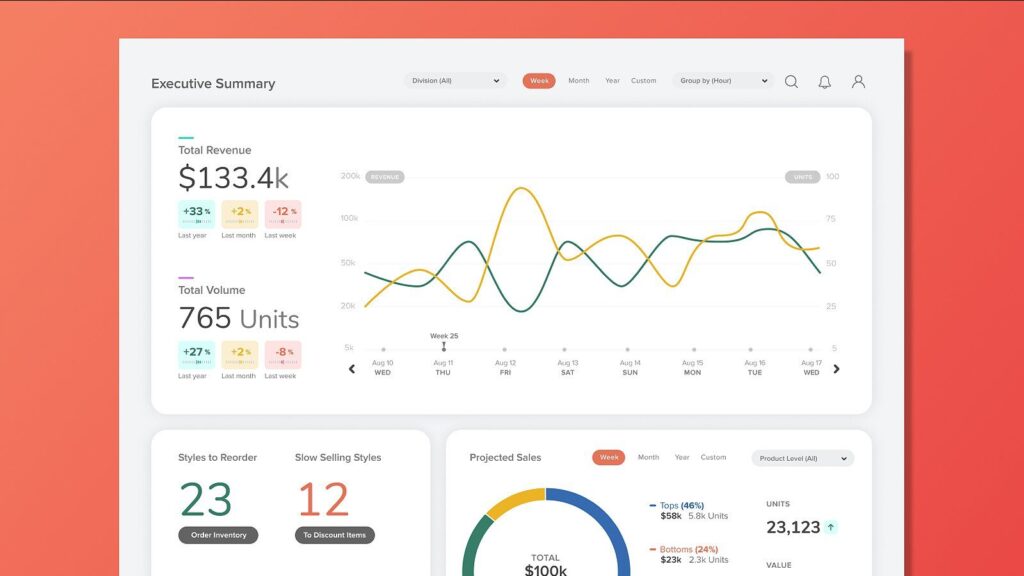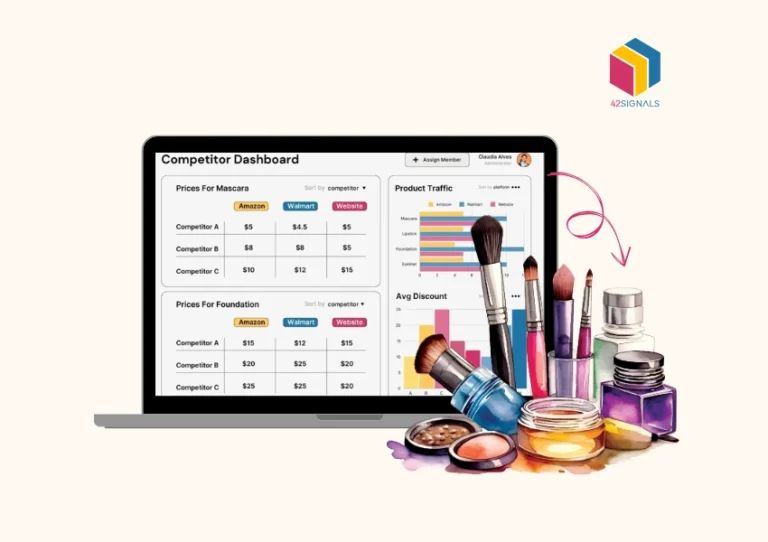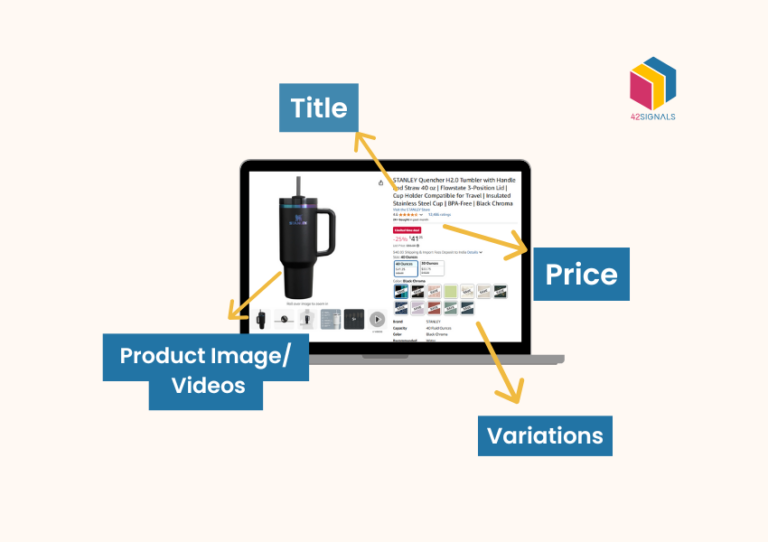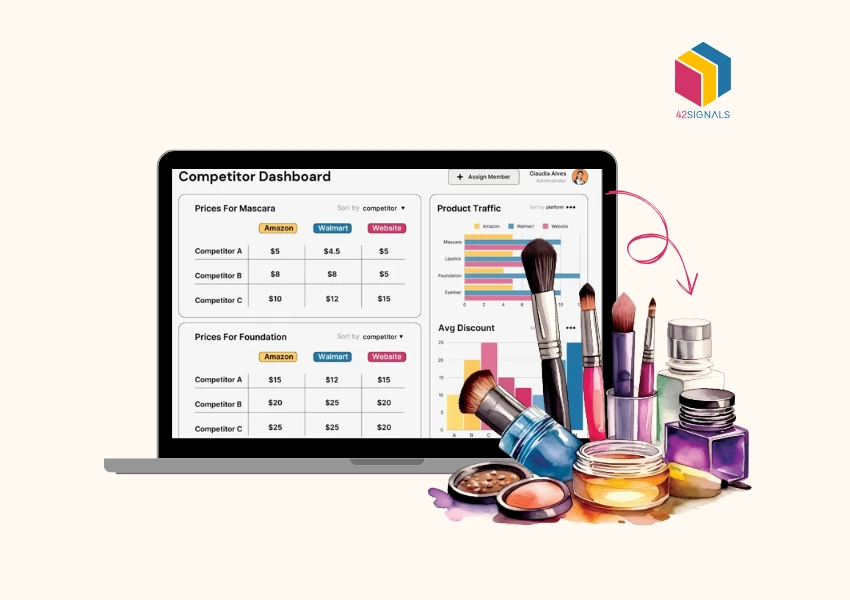The digital shelf is the virtual space where consumers browse and make purchasing decisions on eCommerce websites. As with shelves in traditional stores, it is important to keep an eye on the stock that “sits” on your digital shelf and also to analyze whether it is better to have different products and channel mixes.
Imagine your favorite online fashion retailer’s website as a virtual store. The digital shelf in this scenario is akin to the storefront window, the racks, and the display tables. Just as physical store owners carefully curate their window display to attract shoppers, eCommerce brands must strategically manage what appears on their digital shelf.

Now, consider a popular electronics retailer. They may stock a variety of smartphones, laptops, and accessories. To optimize their digital shelf, they might need to analyze which product combinations work best. For instance, pairing a new smartphone release with compatible accessories can entice customers to make larger purchases. This approach mirrors the practice of placing complementary products on adjacent physical store shelves.
In these scenarios, digital shelf optimization is essential if you want your products to stand out on the digital shelf. But, if we are going to optimize our eCommerce channels, we need data – both about our own performance and that of our competitors in the online space.
Unfortunately, it isn’t always easy to find the digital shelf analytics we need – particularly from the owners of the channels. You won’t even find enough information about your own eCommerce store if you rely on Google Analytics and perhaps additional data provided by Shopify or your website hosts. Instead, you are likely to benefit most by using advanced ecommerce analytics software.
As an e-commerce brand, you need to know:
- How available are your key products on popular retail platforms across cities and stores?
- How soon are your products replenished once they go out of stock?
- How easily can shoppers find your products?
- Are your products winning the Buy Box most of the time?
- How do your products compare against those of competitors and category bestsellers in terms of availability, discoverability, and price position?
- What is the consumer perception of your brand?

Source: Mayple
Digital Shelf Analytics enables brands to find answers to the above questions.
Digital Shelf Analysis: A Game-Changer for E-commerce Success
Digital Shelf Analytics is a data-driven approach to monitoring, analyzing, and optimizing how products are presented and performed in the online marketplace, particularly on e-commerce platforms. This process involves gathering and evaluating various data points related to a brand’s products and their online presence.
As a brand, your digital shelf performance is measured via key performance indicators (KPIs) such as:
- Availability: are your products in stock?
- Share of Search & Category: what is the proportion (or share) of your products in the search results for specific keywords or category pages?
- Rating and Reviews: how well are your products rated and reviewed?
- Pricing and Promotions: are your products competitively priced and promoted adequately?
Data-Driven Solutions to Enhance Lead Acquisition in E-commerce
Data-driven solutions are instrumental in implementing a successful data-driven approach to lead generation in e-commerce. Here’s how they can assist brands in winning the buy box:
- Data Insights: These solutions provide data on pricing, availability, and seller performance, enabling brands to make immediate adjustments to improve their chances of securing the buy box.
- Competitor Analysis: Brands can gain insights into their competitors’ strategies and pricing, allowing them to adjust their own strategies accordingly.
- Predictive Ecommerce Analytics: Data-driven tools can predict when products are likely to run out of stock, helping brands proactively replenish inventory.
- Performance Dashboards: Brands can track their seller performance metrics on easy-to-read dashboards, making it easier to identify areas that need improvement.
In the fiercely competitive world of e-commerce, securing the buy box is a significant milestone for brands aiming to increase lead acquisition and boost sales. A data-driven approach, powered by digital shelf analysis can make all the difference. By continuously monitoring pricing, product availability, and seller performance, brands can position themselves for buy box dominance, ultimately driving higher lead acquisition and revenue.







